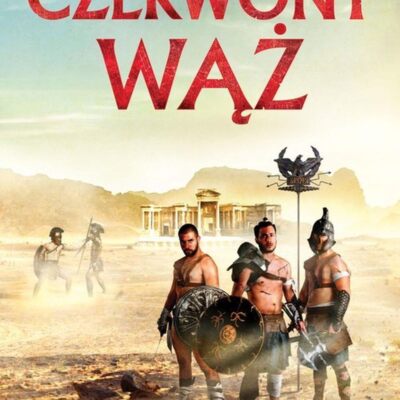The book “The Red Serpent” by Robert Lee is the second part of the historical novel “The Brotherhood of The Sands”, in which the main characters Drust and Kag, gladiators, this time go to the Euphrates, where they again have a mission to complete and will have to fight for their lives. The book was published by REBIS publishing house.
The action of novel takes place in 224 CE, almost 20 years after the events of the previous part, during the reign of Emperor Alexander Severus, who, although under the influence of his mother and grandmother, nevertheless seems to be a promising ruler. Moreover, the situation on the eastern borders of the state is good for the Romans, because the eternal enemy – the Parthians – is losing not only to Rome but also to the growing Persian power inside the state. Rome, however, also had its problems – the lack of stability of the government, the increasing corruption and the willfulness of soldiers and commanders in the east, cause Drust and Kag to fall into an uninteresting environment. Our heroes are accompanied by other warriors, including: Sib, Quintus or Ugo.
Both heroes are tasked with finding their former companions, which ultimately leads them to an impressive building – the “Great Wall of Gorgan” – the remains of which are located in today’s north-eastern Iran. It was a massive structure that is the second-largest wall in the world. The wall rose from the Caspian Sea coast to the Pishkamar Mountains and was 195 km long. Their task was to defend the areas of Parthia/Persia against invasions by nomadic tribes. The wall was built of bricks (hence the name – “Red Snake”) and had numerous forts.
The positive aspects include the action and the dictionary of Latin words at the end of the publication. The disadvantages of the book include the lack of an overview map of the place of events – even a black-and-white illustration would have been enough to indicate the location of the wall.
To sum up, the book is a recommendable historical novel from Roman times. The next part of the series may interest the reader, and the author himself is higher and higher in the hierarchy of authors of this type of publication.


